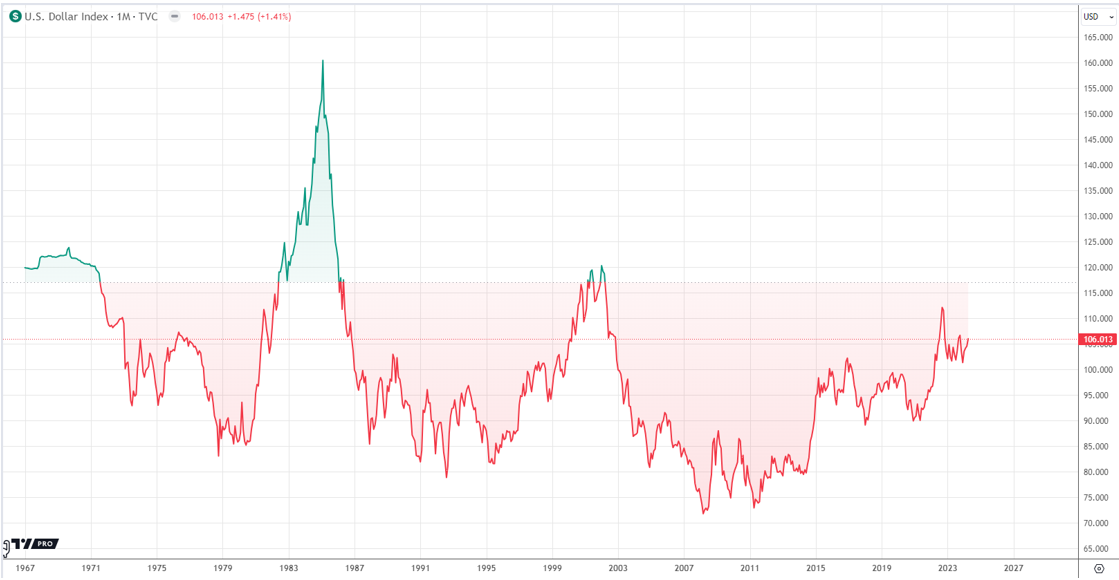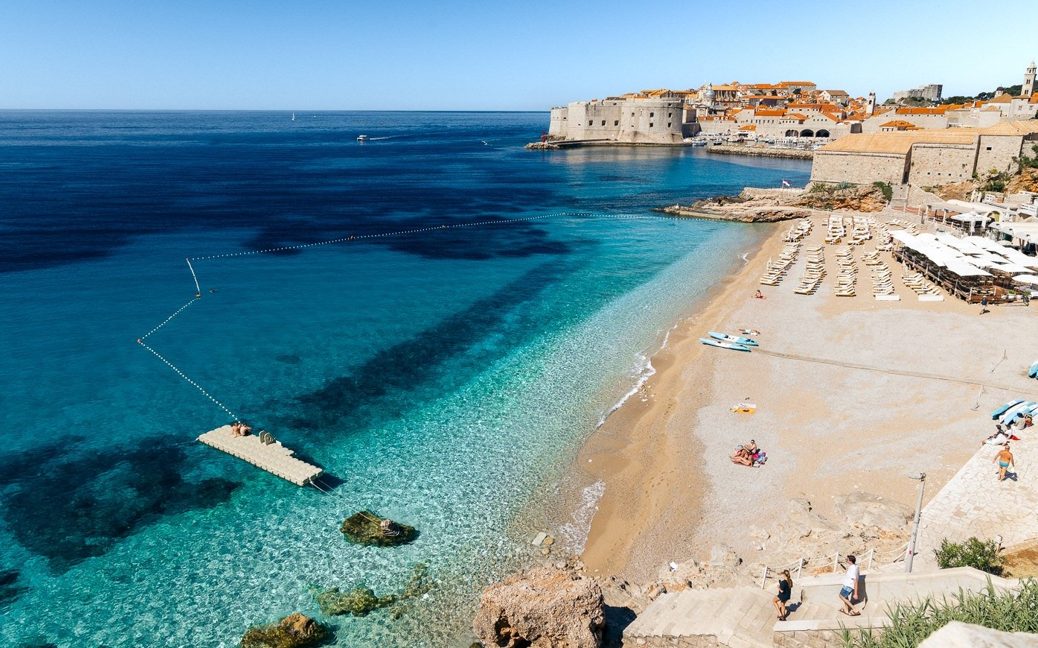Virtual reality is slowly taking over gaming. However, even as it grows in popularity, system requirements are also getting more advanced. This means that anyone looking to enjoy the virtual reality experience needs to upgrade their graphics card from time to time. But with so many graphics cards on the market, what should one look for in a good graphics card? To help you buy the best GPU for your VR headset, here are 3 tips to buying a graphic card for your virtual reality headset.
1. Check out its TDP
TPD in GPUs stand for thermal design power. This is usually listed on the specifications of the GPU and is specified in watts. The higher the TDP, the more powerful the GPU. However, high TDP GPUs also tend to overheat the machine and might require you to have extra fans. The best GPU for VR are those that have a high enough TDP to give you a good quality experience, while at the same time operating within the cooling specifications of your machine. That’s because a high TDR GPU may give you a high VR experience, but the extra cost of cooling it may not necessitate the upgrade.

2. Check out the power consumption
Different GPUs have different power consumption requirements. This is usually specified by the manufacturer, so it won’t confuse you. For your VR headset, a low power consumption GPU may be most ideal. That’s because VR is mostly for entertainment purposes. Therefore, unless you have a high disposable income, and don’t really care for an extra power bill, there is no point in going for GPU that consumes a high amount of power. High consumption GPUs are usually best for commercial purposes, such as for people who are looking to do crypto mining. For instance, mining Monero (XMR) might require a high consumption GPU, but the payoff is worth the extra cost.
3. Check out the clock speeds
GPUs have something called clock speeds. There are two types of this speed, namely the GPU core speed and the memory clock speed. Starting with the GPU core speed, this simply represents the speed with which, the GPU can process instructions per second. On the other hand, the memory clock speed stands for the speed at which, the GPU can move data after it receives it.
For a VR gamer, the most important speed to look out for is GPU clock speed. When the GPU has a high GPU clock speed, it means that you will have a clearer visual of the content that you are watching through VR. You get a more realistic visual, and that’s perfect for VR. However, this should not be your only consideration. Combine it with the other factors too, such as the TDP and its power consumption. For a perfect VR experience, get one that has a higher than average TDP, low power consumption and high clock speeds. This would give you a high-performance GPU for VR, without unnecessary recurrent costs.




